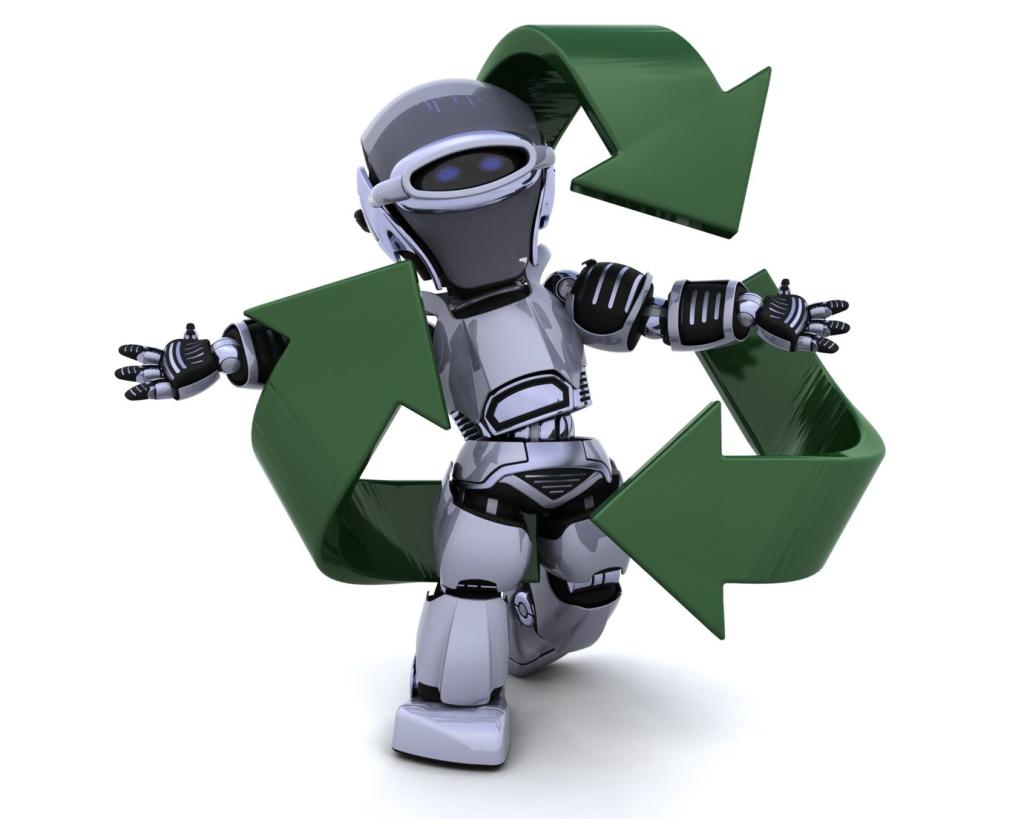
The Role of IoT in Next-Gen Smart Homes
The Internet of Things (IoT) is fundamentally transforming the landscape of modern living spaces, turning conventional houses into intelligent, adaptive environments. Next-generation smart homes rely heavily on IoT technologies to provide seamless automation, improved security, enhanced energy efficiency, and personalized convenience. This convergence of connected devices is not just changing the way individuals interact with their homes; it is redefining comfort, safety, and efficiency for a new era. By understanding the pivotal role of IoT, homeowners and innovators can better anticipate the evolving trends and opportunities in smart home design and functionality.

Intelligent Lighting and Climate Control
In the connected home, IoT devices such as smart bulbs and thermostats use a combination of sensors, user behavior data, and AI-based algorithms to optimize the lighting and indoor climate. These systems adjust settings in real time, automatically dimming lights as the evening progresses or adapting the thermostat to suit changing occupancy patterns and external weather conditions. This not only improves comfort but also delivers tangible savings in energy costs, making the home eco-friendly without sacrificing convenience. Residents can also take manual control via remote apps, but the true value lies in the system’s capability to anticipate their needs and adjust accordingly, ensuring a seamless living experience.

Automated Household Appliances
From refrigerators that track inventory to washing machines with customized wash cycles, IoT brings automation to a host of household appliances. These intelligent devices can initiate tasks based on schedules, contextual sensor information, or voice commands, significantly reducing the time and effort required for everyday chores. For instance, connected ovens can start preheating as the homeowner approaches their house, thanks to geofencing technologies linked via smartphones. Such advancements, which rely on data-driven insights and predictive maintenance, showcase how IoT reshapes the traditional domestic space into one that’s dynamically responsive and highly efficient.
Real-Time Surveillance and Alerts
Advanced IoT security cameras, motion sensors, and door/window contacts form the backbone of smart home monitoring systems. These devices don't just passively observe; they actively analyze their surroundings using artificial intelligence to distinguish between ordinary events and unusual activity. When something suspicious is detected, homeowners receive immediate notifications on their devices, allowing for instant assessment and response regardless of their location. Such real-time alerts minimize response times to potential incidents, enabling rapid action whether through calling authorities or remotely controlling entry points, thus ensuring comprehensive protection.
Access Control and Identity Management
IoT-based access control systems go beyond traditional locks and keys, offering customizable entry solutions. Facial recognition doorbells, smart locks with biometric authentication, and temporary digital keys for guests exemplify how identity verification has been revolutionized. Users can grant or revoke access rights from anywhere in the world, schedule restricted entry times, and maintain a detailed access log. This granular control increases overall security and makes it easy to accommodate service providers, visitors, or family members without compromising the integrity of the home’s defenses.
Integrated Emergency Response
Next-gen smart homes leverage IoT to detect and respond to emergencies such as fires, gas leaks, or water intrusion. Smoke detectors, CO2 sensors, and flood monitors communicate directly with central hubs, triggering automated responses—such as alerting authorities, shutting off utilities, or initiating evacuation protocols. These systems ensure that early warnings are delivered instantly to homeowners’ devices, giving them crucial time to take action. By integrating these safety systems with other smart home devices, IoT enables a coordinated and automated response to crises, minimizing risk and protecting lives and property in ways traditional systems cannot.
Previous slide
Next slide

Personalized Living and User Experience

Smart entertainment platforms use IoT to craft personalized audio-visual experiences that adapt to the mood, preferences, and schedules of users. By analyzing viewing habits and integrating with other smart devices, these systems can adjust lighting, sound, and content recommendations in real time. A movie night might trigger the dimming of lights, closing of blinds, and calibration of surround sound settings—all automatically. The result is a highly immersive and tailored entertainment environment that enhances enjoyment while reducing the need for manual adjustments.
